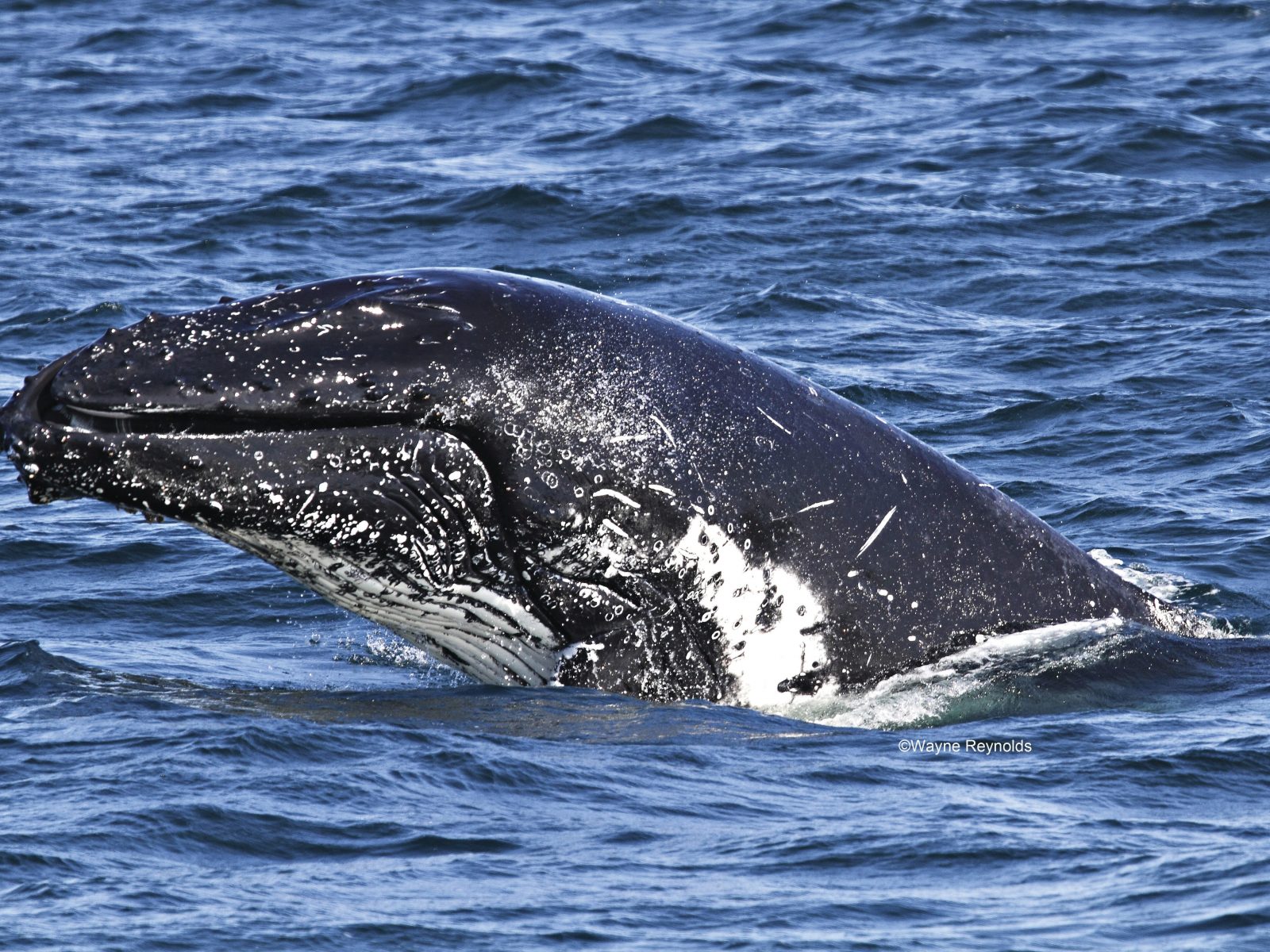Cartoon whales are always perfectly black, smooth and shiny. But, if you’ve ever seen a whale in real life, you’ll know that’s not a very accurate depiction. In actual fact, whales such as humpback and southern rights, can be covered with large protruding white or greyish patches that are covered with lice and wiggly barnacles. So, what’s up with that?
-
How and why barnacles grow on whales
View this post on InstagramBarnacles regularly colonise the skin of filter-feeding whales in vast numbers, by attaching themselves to the bodies of the gentle giants while still free-swimming larva. As young whales grow, the barnacle clusters grow too, until gradually they form vast colonies. These colonies are the large whitish patches you may spot on humpbacks and right whales, particularly on their head, flippers, back and tails.
View this post on Instagram
These aren’t simply regular barnacles, however; the barnacle species on whales are typically unique to the type of whale they colonise. For example, the barnacle coronula diadema is only found on humpback whale skin. Though technically the barnacles are parasites, neither harm nor benefit is done to their benevolent host by their free ride. This type of relationship is called commensalism, where one species benefits from an interaction, while the other remains unaffected.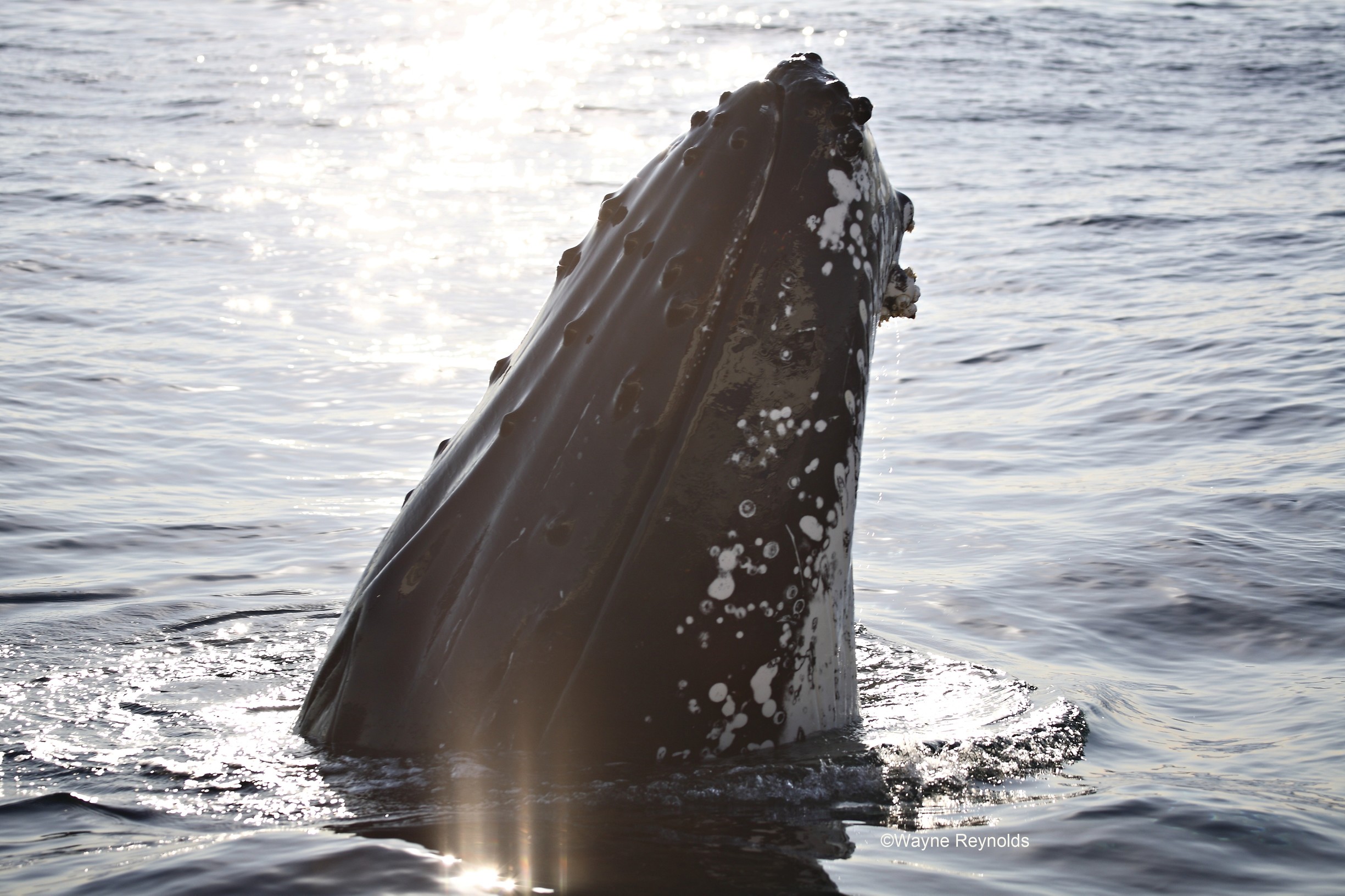 Photo Information
Photo InformationHumpback whale (Megaptera novaeangliae) rostrum covered with knobs cetaceans
Wayne Reynolds / DPIE
It’s somewhat surprising when you consider the heavy load a barnacle colony can add to a whale’s journey. A mature humpback whale might host as much as 500kg of barnacles! That said, bear in mind that given an adult humpback’s weight, this is basically the equivalent of a human adult wearing a heavy jumper. For the barnacle, it’s a pretty happy living arrangement; they latch on and then simply stick out their feet to comb the sea to catch plankton and other food as the whale swims along.
One potential benefit to the whales has been proposed by scientists – when male humpbacks are fighting each other over females by charging and ramming one another, a sharp barnacle coating may prove rather handy
-
How do barnacles get onto whales in the first place?
View this post on InstagramResearch on whale barnacles is pretty limited, but some marine biologists speculate that the barnacles reproduce during the whales’ breeding season, when the whales are in warm, shallow waters rather than the open ocean.
Barnacles release up to 20,000 spawns and these can survive for several weeks in the water. Some research suggests that when whales swim by, the barnacle larvae picks up a chemical signal that tells them it’s time to hop on board.
-
The mystery of a humpback's tubercles
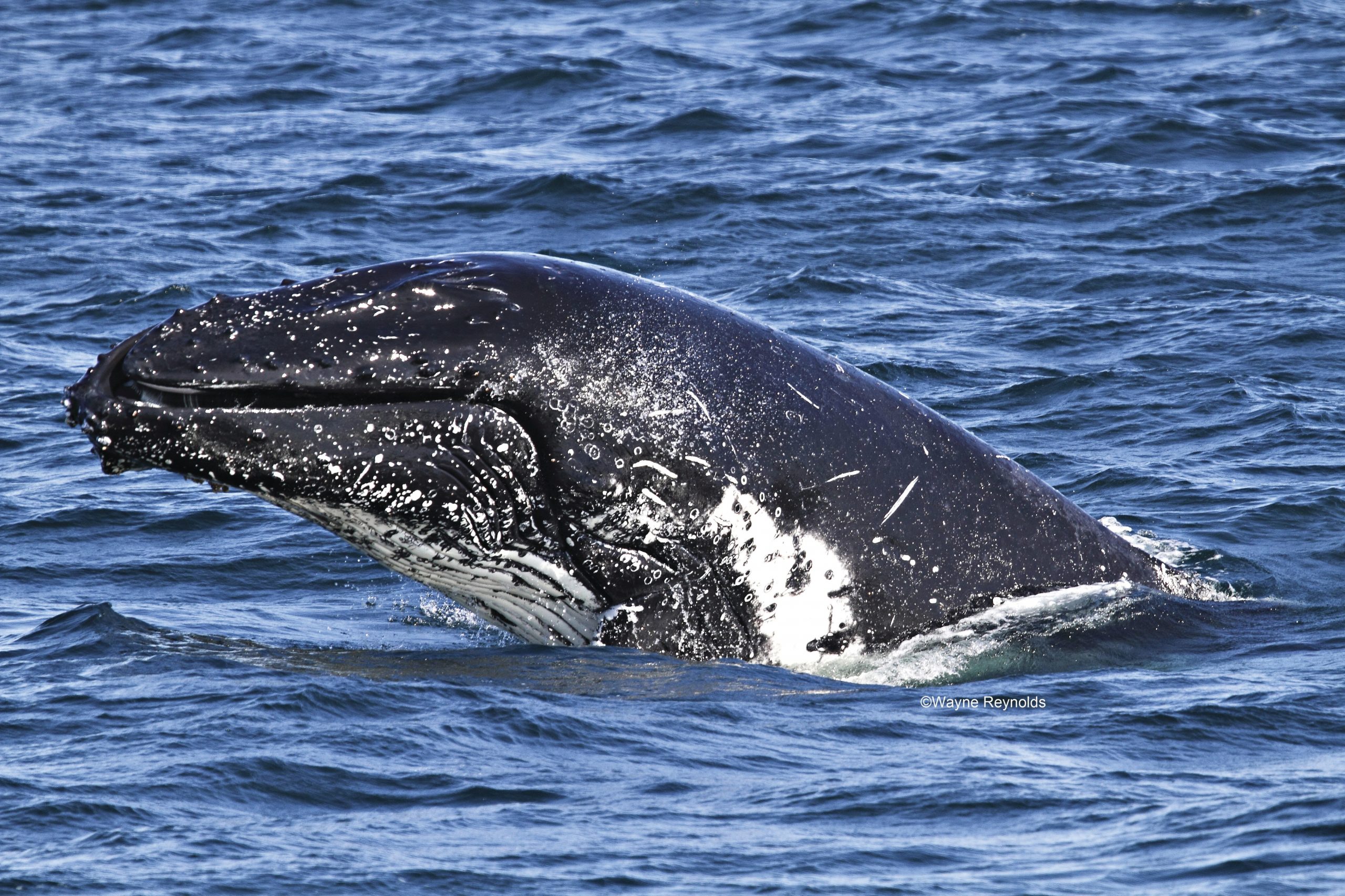 Photo Information
Photo InformationHumpback whale (Megaptera novaeangliae)rostrum or head covered with knobs cetaceans
Wayne Reynolds / DPIE
One characteristic of being a mammal is the presence of hair, and yes, whales are no exception. But with thick layers of blubber to keep them warm, the amount of hair covering a whale is limited to about 100 hairs scattered around the jawline, depending on the species.
Humpbacks are a bit unique when it comes to facial hair though. A humpback whale’s head is covered with golf-ball-sized tubercles that surround the hairs, which are connected to a large network of nerves.
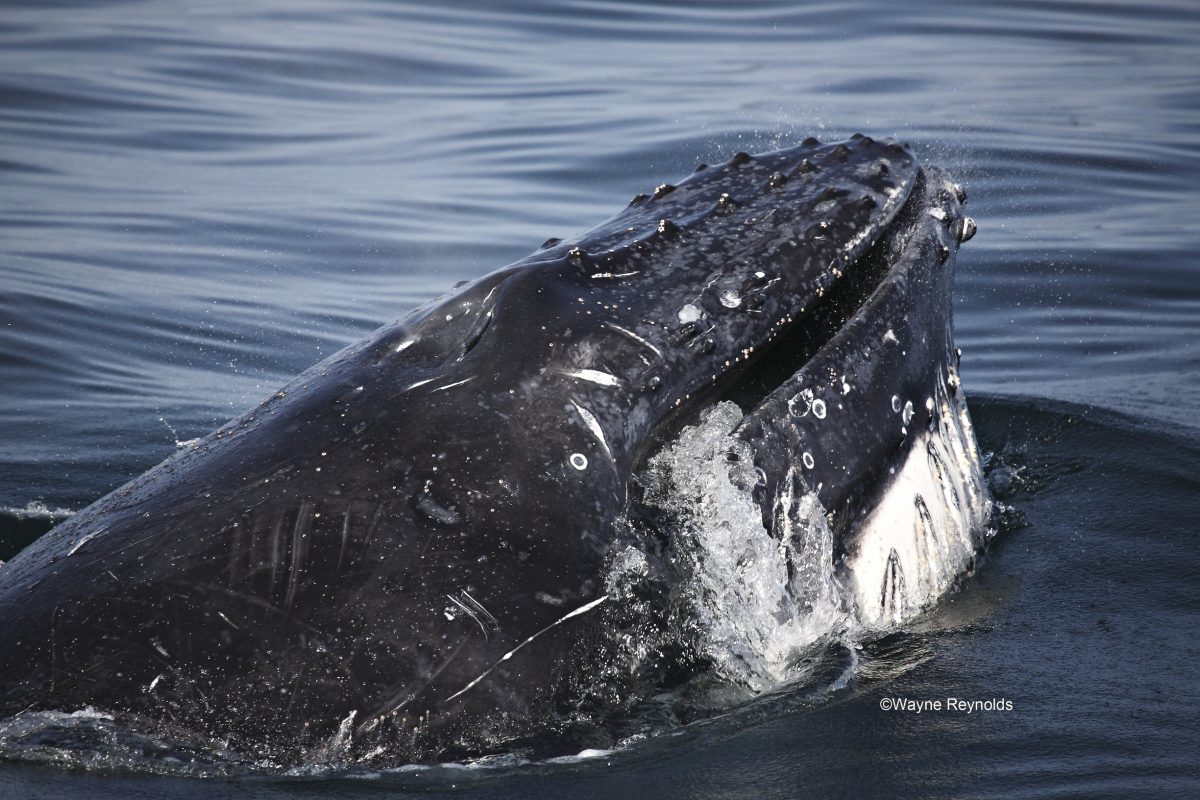 Photo Information
Photo InformationHumpback whale (Megaptera novaeangliae) rostrum or head covered with knobs cetaceans
Wayne Reynolds / DPIE
Scientists aren’t sure why humpbacks have developed these oversized hair follicles. Some believe the hairs within are able to detect vibrations in the water. This may help them to identify prey or detect low-frequency sound waves. One study found that the arrangement of tubercles isn’t random, but instead adheres to a roughly symmetrical pattern of either side of the head. This supports the theory they are used to detect changes in the water, but currently it is all speculation.
-
The callosities of right whales
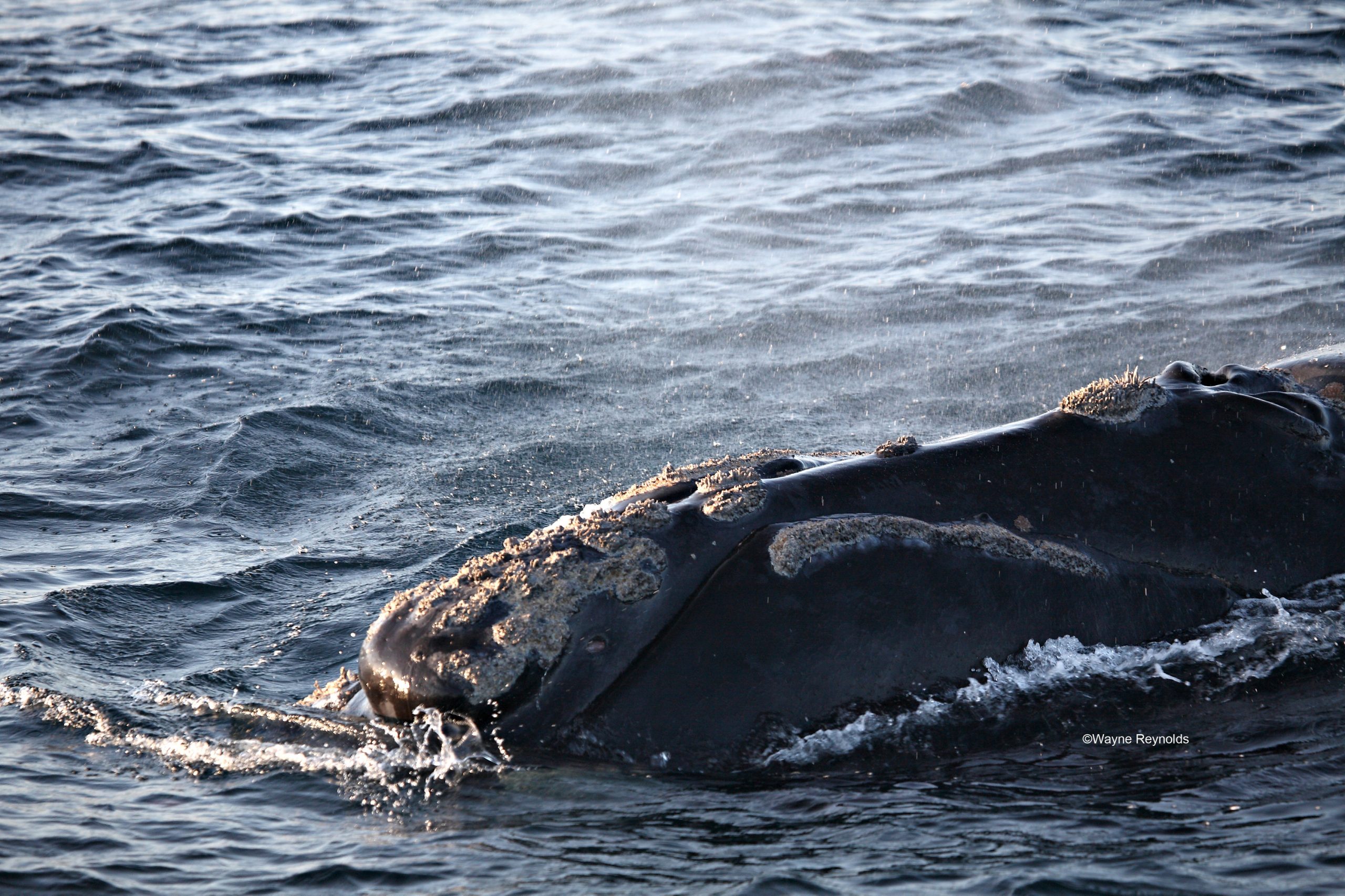 Photo Information
Photo InformationSouthern Right Whale.
Wayne Reynolds/DPIE
The other large white lumpy, bumpy patches you are likely to see while whale watching are the so-called callosities found on right whales. The callosities themselves are actually grey; their white appearance is due to large colonies of lice and barnacles that reside on them. Young and diseased whales can also be infested with a species of cyamid (whale louse) that has an orange hue.
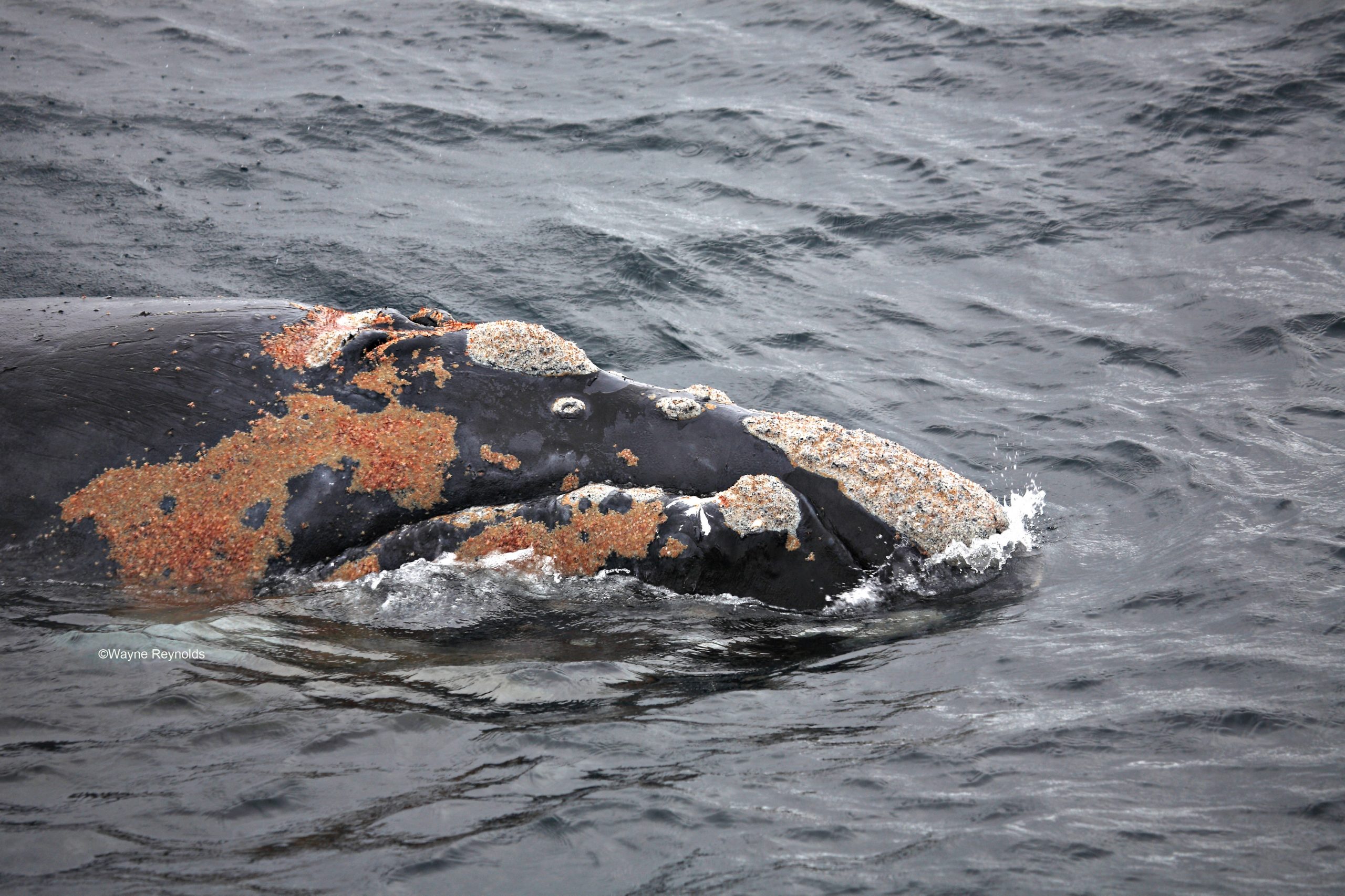 Photo Information
Photo InformationSouthern Right Whale with Callosities – a species of cyamid (whale louse) that has an orange hue on it’s rostrum or head
Wayne Reynolds / DPIE
Callosities are a characteristic feature of right whales (three species of large baleen whales of the genus eubalaena, comprising the North Atlantic right whale, the North Pacific right whale and the Southern right whale).
Another term for a callus, callosities are naturally occurring patches of rough, calcified skin, which are found on the upper surface of the whale’s head, above the eyes, on the jawline, chin and surrounding the blowhole. The largest of these is found on the top of the whale’s head and is therefore known as a ‘bonnet’. Whale calves are born with these patches and, over time, they become colonised by barnacles and whale lice.
-
A perfect form of ID
View this post on InstagramCallosities form a unique pattern on every right whale and their patterns do not change over the whale’s lifetime. This makes them an extremely useful tool for the purposes of research, identification and conservation.
Besides being a form of personal identification, because callosities are found on the head of the whale and appear white against the dark background of their skin, they also make it very easy to identify species of right whales in the water. Southern right whales also have extremely large heads, which are approximately 30 per cent of their body length. It is believed that they use their callosities like small horns for fighting.
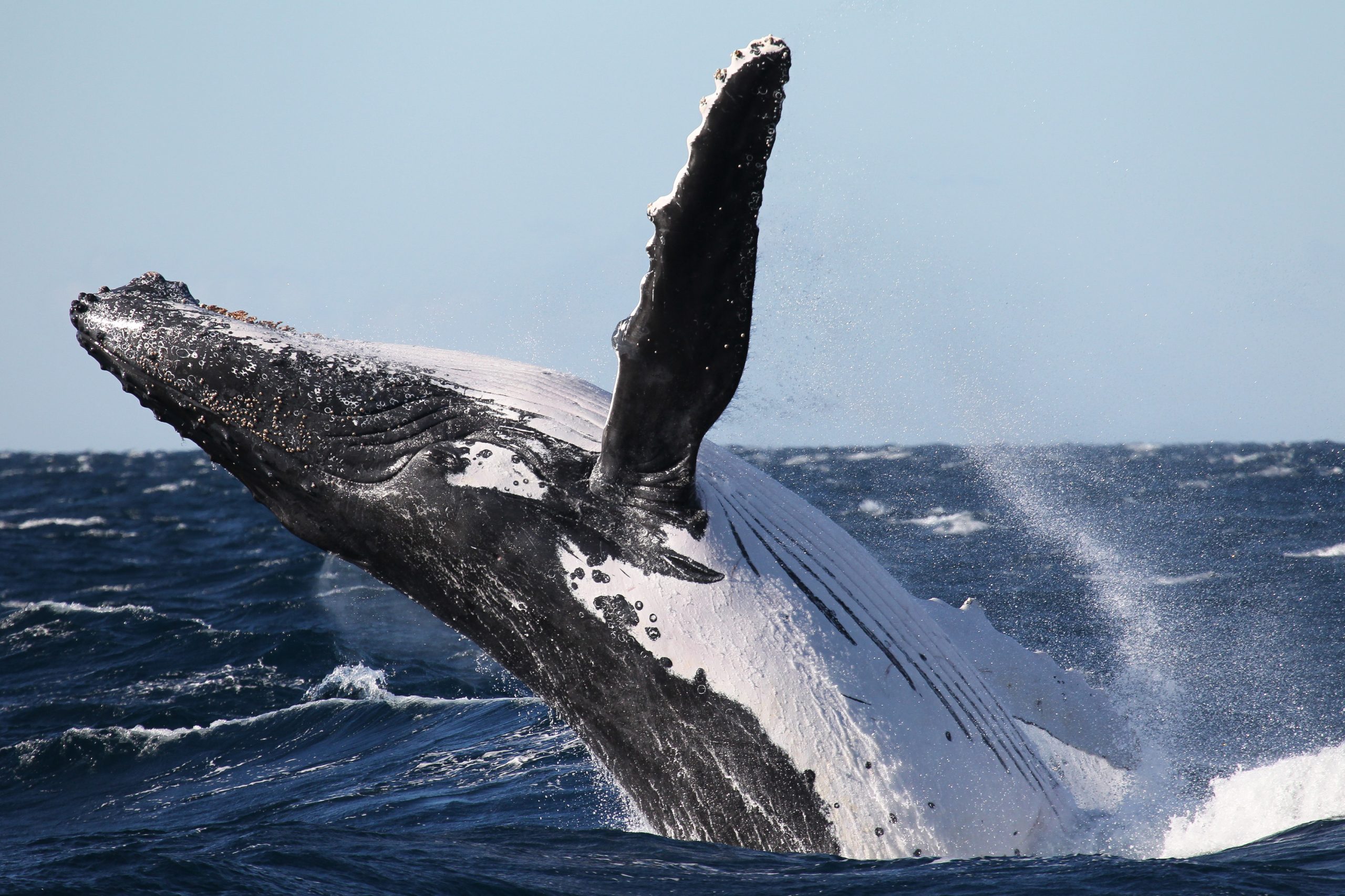 Photo Information
Photo InformationHumpback Whale (Megaptera novaeangliae) breaching
Jonas Liebschner / DPIE
Now that you know what you are looking at, why don’t you head to a nearby vantage point and try to spot the barnacles, tubercles and callosities for yourself? Remember to bring a pair of binoculars!
Did you know? The Right Whale ID citizen science program uses drone technology to enable researchers to monitor, track and ID endangered southern right whales off the NSW coast. The pilot program involves NSW National Parks sending out CASA (Civil Aviation Safety Authority) accredited drone operators who are trained to observe the safe legal marine mammal approach distances.
Wild About Whales? Spot whales during their annual migration from May to November every year, coastal national parks and reserves in NSW offer a huge range of viewing opportunities. Read our tips and guidelines to get the best out of your whale watching experience.






